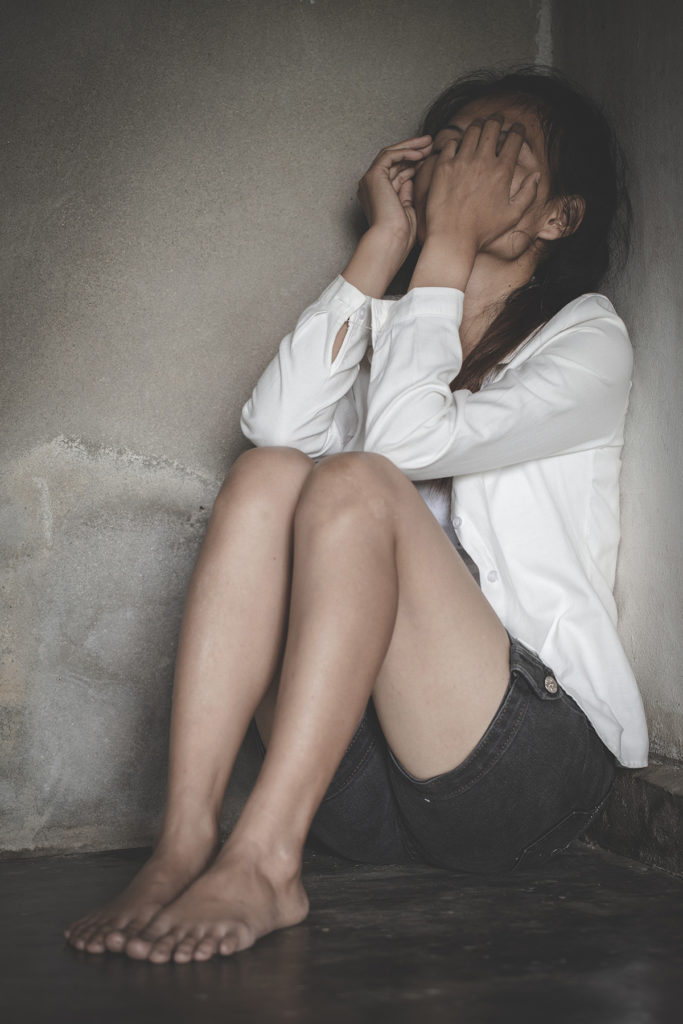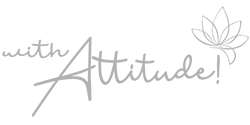Overview: Stress, Trauma, and PTSD
Long after experience trauma or intense stress, people can suffer from emotional, mental, and even physiological challenges.
Our understanding of Post Traumatic Stress Syndrome (PTSD) is quickly evolving. Originally, it was associated with intense experiences in war or an intensely traumatic event. Now we know PTSD can is far more pervasive and patients often aren't aware of the cause of their suffering.
PTSD is caused by the automatic fight, flight and freeze response we experience when we perceive a threat. The threat could be real or just our brain's automatic interpretation of a threat. Real threats can include being in war, being a victim of or witnessing an act of violence, or being a victim of or witnessing an accident. The threat could also be from living, day in and day out, in a highly stressful situation, like working in a high-stress job, coping with the isolation of COVID or other illness, caretaking of someone with a serious illness, etc..
Because our physiological brain has not evolved quickly enough to keep pace with our modern society, it can also perceive chronic stress as life threatening and trigger fight, flight, or freeze response.
The fight, flight and freeze response floods our brains with chemicals and hormones that can cause structural changes in the brain that causing it to function differently.
Recent studies of the brain imaging of PTSD patients show common structural changes that increase activity in the amygdala (emotional, reactionary part of the brain) and decreases activity in the pre-frontal cortex effecting logical thinking and memory.

Signs & Symptoms
Re-Experiencing (Flashbacks):
- Frequent upsetting thoughts or memories of a traumatic or highly stressful experience.
- Having recurrent nightmares.
- Feeling as though the event were happening again, sometimes called a flashback.
- Strong feelings of distress when reminded of the experience.
- Being physically responsive, such as increased heart rate or sweating, when reminded of the experience.
Avoidance:
- Making an effort to avoid thoughts, feelings, or conversations about the a traumatic or highly stressful experience.
- Actively trying to avoid places or people that remind you of the traumatic or highly stressful experience.
- Keeping yourself too busy to have time to think about the traumatic or highly stressful experience.
- Memory loss around the a traumatic or highly stressful experience.
- Minimizing the impact the traumatic or highly stressful experience has had on your life.
- Feeling fatigued and falling asleep when thinking about the experience.
Hyperarousal
- Having a difficult time falling or staying asleep.
- Feeling more irritable or having outbursts of anger.
- Having difficulty concentrating.
- Feeling constantly on guard or like danger is lurking around every corner.
- Being jumpy or easily startled.
- Feeling "amped" like you would after drinking energy drinks.
Negative Thoughts and Beliefs
- Having a difficult time remembering important parts of the traumatic or highly stressful experience
- A loss of interest in important, once positive, activities
- Feeling distant from others
- Experiencing difficulties having positive feelings, such as happiness or love
- Feeling as though your life may be cut short
Many of these symptoms are an extreme version of our body's natural response to stress. Understanding our body's natural response to threat and danger, known as the fight or flight response, can help us better understand the symptoms of PTSD.
Because one of our coping mechanisms after a traumatic or highly stressful experience is to minimize, we often do not identify with having experienced trauma and therefore feel uncomfortable with a PTSD diagnosis. Please know that this is a very normal response.
Are you experiencing 4 or more of these symptoms? Reach out to me with a 60 minute complimentary initial consultation see how coaching can help.
Recovery
While the brain cannot exactly be restored to pre-trauma state, it can regrow new neural connections with proper treatment.
Effective treatment for PTSD include a combination of:
- Cognitive behavior therapy (commonly referred to as talk therapy)
- Anti-anxiety and anti-depression medication (temporary or long-term)
- Healthy, brain-smart diet
- Regular exercise (not overly strenuous)
- Journaling
- Mindfulness practice
- meditation
- relaxing music
- slowing down to eat
- breathing exercises
If you or someone you love has symptoms of PTSD, it is important to seek help from both mental health experts and your doctor.
To help you through your healing process, a trauma-informed coach can provide encouragement, an easy to follow step-by-step action plan, simple life-changing exercises, and accountability for success.
Want to see how trauma-informed coaching can help your unique situation? Schedule a complimentary 60 minute initial consultation to experience it's benefits first-hand.

Find Your Inner Peace in 14 Days with this calming, interactive journal, workbook, and mandala coloring book!
Enroll to download your e-book and for FREE healing tips & updates
